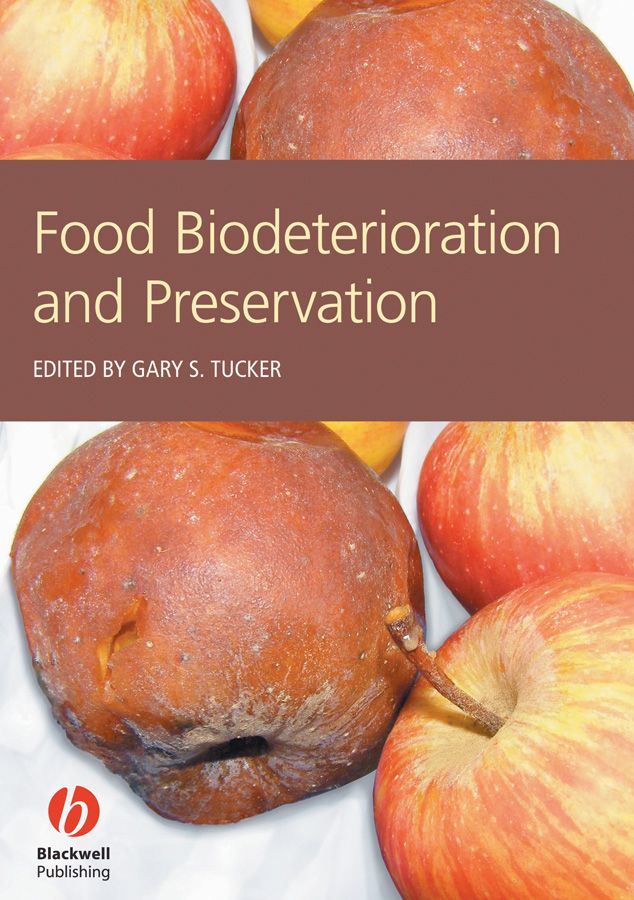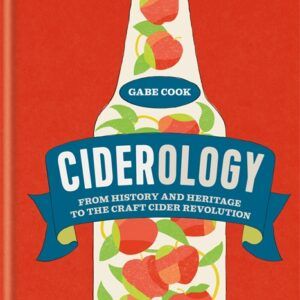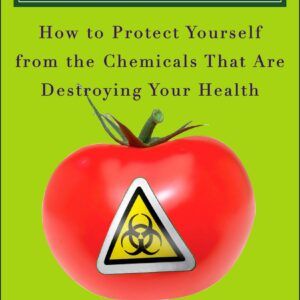Biodeterioration can be defined as the breakdown of food by agents of microbiological origin, either directly or from products of their metabolism. Microbiological sources can be present in foods prior to packaging or on the surfaces of packaging materials. The shelf life and safety of the food will depend on the type and quantity of microorganism, as well as the hurdles to their growth offered by various preservation techniques.<br /> <p><br /> </p> <p><br /> </p> <p>This book discusses how the agents of food biodeterioration operate, and examines the commercially-used industrial methods available to control them, allowing the production of safe and wholesome foods. There is an emphasis on the equipment employed to carry out the various methods of preservation.<br /> </p> <p><br /> </p> <p><br /> </p> <p>The introductory chapter describes in detail the microorganisms and mechanisms of food breakdown intrinsic to various key food types; dairy, meat and fish, fruit, and vegetables. Direct microorganism action will be covered in addition to enzymatic breakdown. The second chapter addresses HACCP, including food safety legislation. Subsequent chapters outline the principal, commercially-used methods of preserving foods. These chapters follow a common structure: theoretical background; flow sheets of operations; food preparation/processing equipment; special features of hygiene; packaging; shelf life; and product safety.<br /> </p> <p><br /> </p> <p><br /> </p> <p><i>Food Biodeterioration and Preservation</i> is directed at food scientists and technologists in industry and academia. Since it covers all the commonly-used methods of food preservation, it will be relevant across the entire food manufacturing industry.</p>
Food Biodeterioration and Preservation
₹19,790.00
This book is currently not in stock. You are pre-ordering this book.




